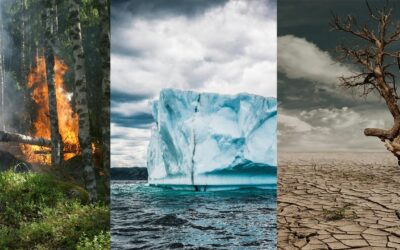An intern from Germany on the variety of architecture styles across the country’s least and most populated regions.
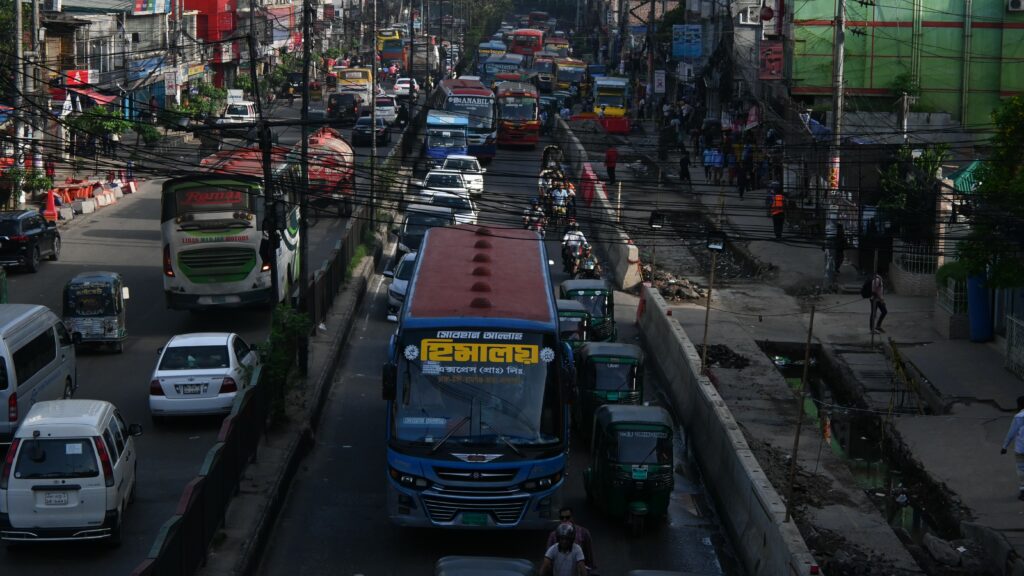
by Haakon Hoeren,
September 11, 2024
As an ambitious architecture student, Haakon Hoeren wanted to make an impact in his last semester. That choice led him to a vibrant learning experience in Friendship, where he put his skills to test and studied diverse architectural perspectives in Bangladesh.
21-year-old German student Haakon Hoeren completed his bachelor’s degree in architecture but had one more semester left to explore his practical knowledge before pursuing a master’s degree. After consulting with family members and friends, Haakon decided to immerse himself into Bangladeshi architecture. He secured an interview with Friendship, and soon got invited to work in the organisation for three months. During his tenure at Friendship, he closely worked with the Infrastructure Development (ID) department and studied the diverse architectural styles present in rural and urban Bangladesh.
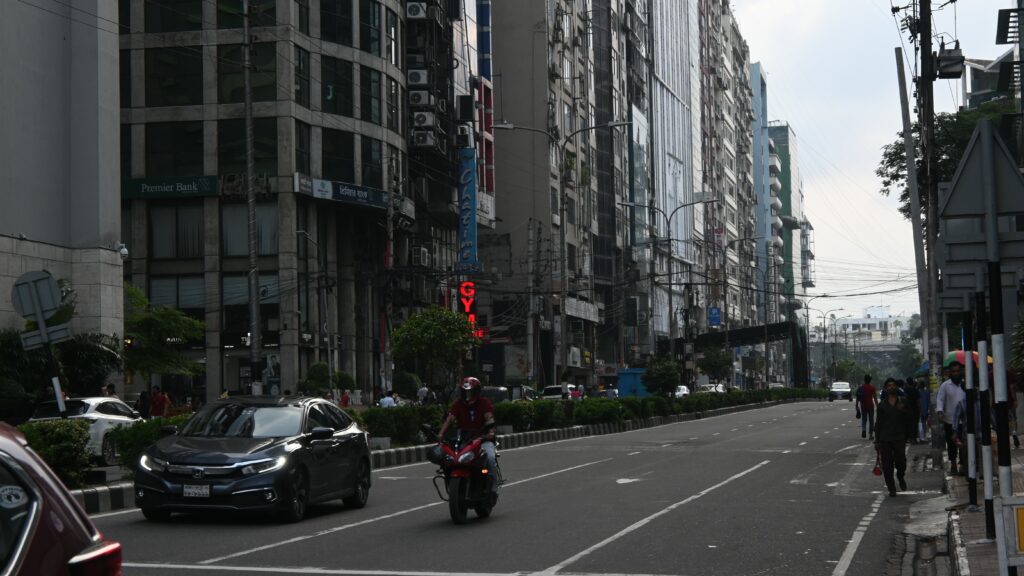
A Pleasant Start in Dhaka
Recalling his earlier days in Friendship, Haakon shared how everyone encouraged him to learn about the local culture, food, habits, but also local architecture, construction methods, material science etc. in the limited time he was in the country. ID engineers were his closest team members, and helped him settle in Dhaka.
Haakon observed that the packed buildings of Dhaka, crowded streets, buzzing restaurant aroma, and colourful shop signs define the cityscape. A labyrinth of residential and commercial spaces funnel people and vehicles into the compact streets like water flowing into streams. Haakon believes Dhaka to be a single growing organism, ever expanding into the horizon with new construction, foregoing the older presence and reaching for the sky with shapes such as water towers, high glass facades, or skilfully made solid brick structures. For someone only familiar with Nordic and European architecture, Haakon found this whole visual fascinating.
“A lot is happening at once in Dhaka—through the people, the architecture, the kit bashed spaces, and the shrubbery—all interacting with one another always. Architects in the Western world can look at the unique solutions and creative developments originating here,” said he in his course submission to Friendship.
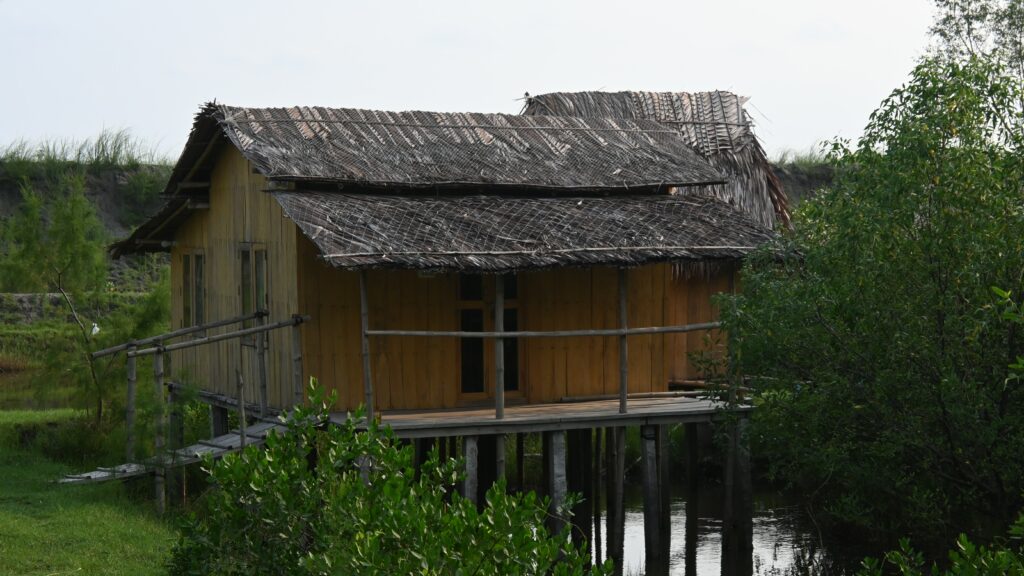
Eye-opening Visits to Northern Bangladesh
Haakon first left the Dhaka metropolis with a visit to Gaibandha, where Friendship’s training centre is located. He even visited one of Friendship’s floating hospitals. He was intrigued that a boat restructured as a fully operational mobile hospital goes from one char to another to provide healthcare. He also got the opportunity to visit a char village built on one of Friendship’s proprietary designed plinths. These elevated, flood-safe structures are a hallmark innovation from Friendship’s Infrastructure Department.
“The plinth is an artificially raised piece of ground that offers an elevated platform for rural homes, secured from the rapid floods of the Brahmaputra River. A school for education, a weaving centre for economic sustainability, a legal service for social security, and a solar plant for electricity were all provided and sustained in the plinth by Friendship. The improvement in the quality of life for the locals was visible even by briefly passing by.”
Haakon next stayed in Friendship’s weaving centre in Chilmari, Kurigram, and observed activities led by Friendship’s sustainable fashion brand ‘Colours of the Chars’ for rural women empowerment.
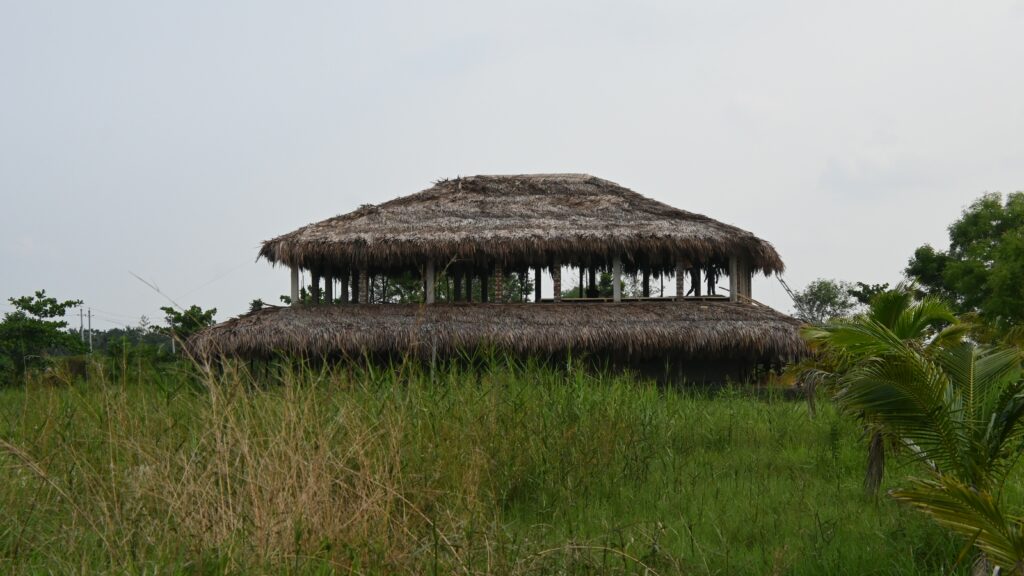
Journey to the Rural South
Haakon’s next field visit was in Shymanagar, Satkhira, near the Sundarbans, at the Friendship Shymanagar Hospital. After talking to two Belgian vets working in the hospital, he felt happy knowing that the local people are getting world-class healthcare at affordable prices because of Friendship. Haakon also visited the port city of Mongla nearby, where ID will be conducting Friendship’s future construction project. Since the area faces cyclones multiple times a year, he realised the relevance of so many cyclone shelters there.
Haakon loved how simple clay, mud, and leaves are used in rural architecture, a massive contrast against the concrete jungle in Dhaka. He appreciated these traditional Bengali building methods, which is slowly on the verge of disappearing. Yet, Haakon felt lucky to be a part of Friendship’s construction projects, which focus on these sustainable, eco-friendly construction practices. Cultural preservation is a key pillar in Friendship’s work.
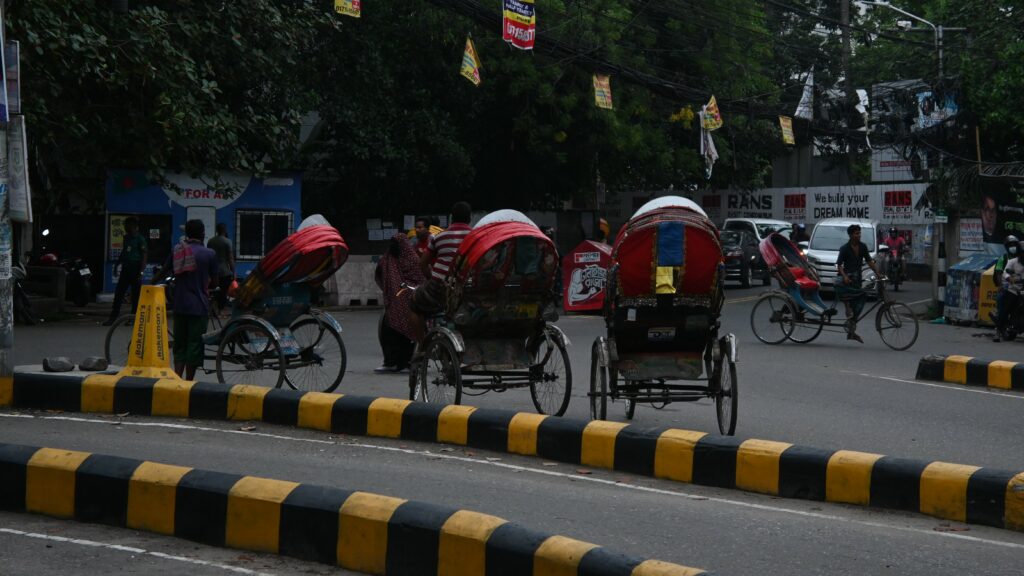
Working With Friendship
“What Friendship offers to people in need of support are phenomenal. Many lives have been uplifted. Infrastructure and agriculture support have been changing entire regions for the better. Catastrophes have been prevented; their damages minimised. The goal is sustainability and self-sufficiency in all areas where Friendship is active, and it is working. I am glad to have worked as part of this vast organisation, dedicated to changing lives.”
Haakon also visited other construction sites cared for by Friendship and met with renowned architects to discuss Bangladeshi architectural perspectives. He has been working on one of ID’s running projects and plans to return to Bangladesh very soon to continue his work.


